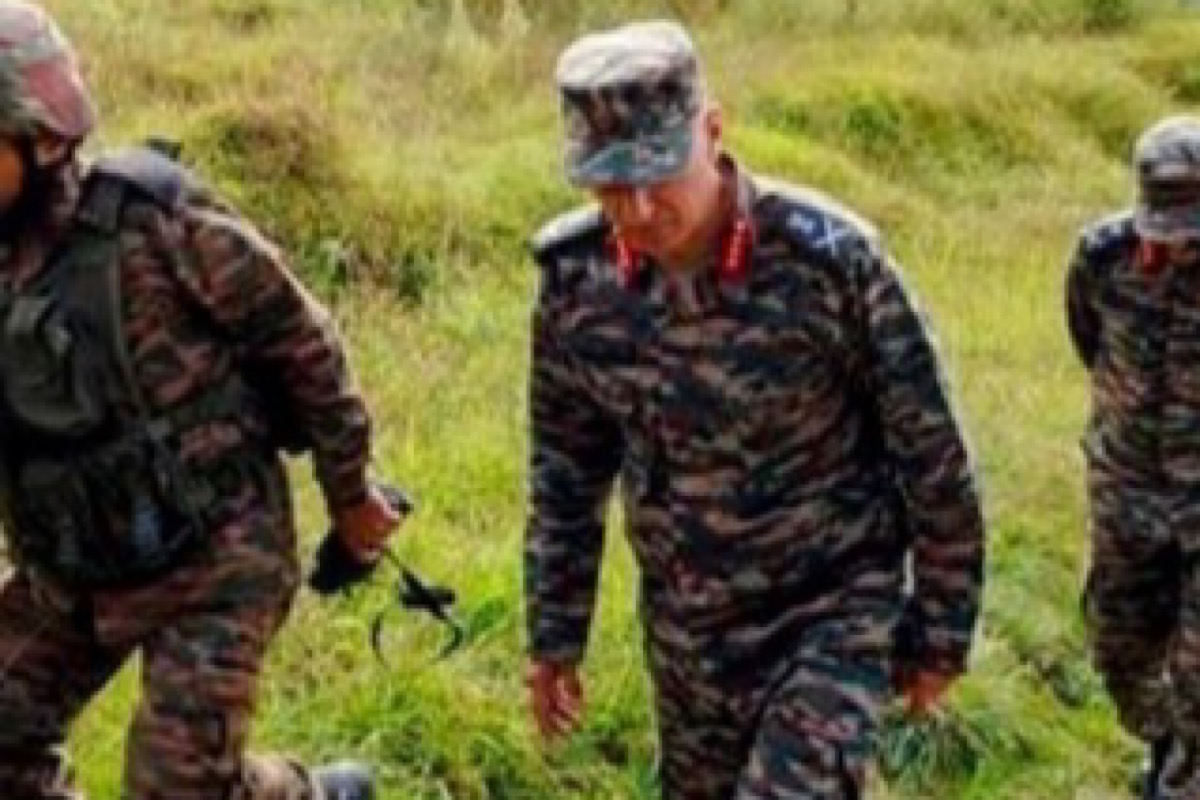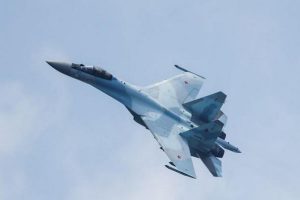The intense gunbattle between the Indian Army-led security forces and Pakistan-backed terrorists in the dense Garol forest of south Kashmir’s Kokernag has now stretched for more than 120 hours. As the encounter, which started on September 12, continues, it has become a challenging task for the security forces.
There are reports that the Army has recovered a charred body from a suspected terrorist hideout in the encounter area. More details are awaited on this.
Advertisement
The stakes are high for security forces. In the encounter, the Army lost four soldiers, including a colonel and a major, and one is reportedly missing. The Jammu & Kashmir Police lost a deputy superintendent. Therefore, they are proceeding cautiously to prevent further loss of troops.
The survival of the terrorists, believed to be two or three in numbers, against the hi-tech weaponry and hundreds of troops for five days indicates that they were trained in jungle warfare and were also well-versed with the topography of the area. The terrorists are believed to be using the natural caves and foliage to escape from the eye of weaponized drones and helicopters of the Army.
The Army, CRPF, and the Special Operation Group (SOG) of J&K Police and continuing their hunt for the hiding terrorists, who were intermittently firing at the security forces. Their movement is being tracked by drones. The security forces have cordoned the entire area and schools have been shut till completion of the operation.
In the Uri sector in north Kashmir, Pakistani forces violated the ceasefire and opened fire as cover to enable three terrorists to infiltrate through the line of control (LoC), on Saturday. However, alert Army troops eliminated the three heavily armed infiltrating terrorists.
The Army’s Srinagar-based Chinar Corps said that a Pakistani post in the vicinity of the LoC indulged in firing to prevent our soldiers reaching the body of a killed terrorist.
In a bid to plug the infiltration routes of terrorists in the Uri sector, the Chinar Corps commander, Lt Gen Rajiv Ghai, visited the forward areas of Uri to review the anti-infiltration and counterterrorism grid along the LoC, on Sunday.
The drift towards long-stretched encounters after a lull has shifted the spotlight to south Kashmir and Rajouri-Poonch districts of Jammu. Prolonged encounters were also witnessed in forest areas of north Kashmir’s Kupwara where the Army suffered casualties as well. This indicates that Pakistani agencies have changed the training pattern of terrorists to jungle warfare instead of face-to-face encounters.
It is after 20 years of peace that the Rajouri, Poonch, and Reasi districts of Jammu are again witnessing terror strikes. Peace prevailed in these areas along the Pir Panjal Range after the Army’s Operation Sarapvinash in 2003, which saw hundreds of Pakistani terrorists, who had built concrete bunkers on the mountainous terrain, neutralized.
In May, 10 soldiers, including five of Para SF commandos, were killed in the Rajouri and Poonch districts in two separate ambushes laid by terrorists. However, terrorists had then escaped after inflicting these casualties. They were later tracked and eliminated.











